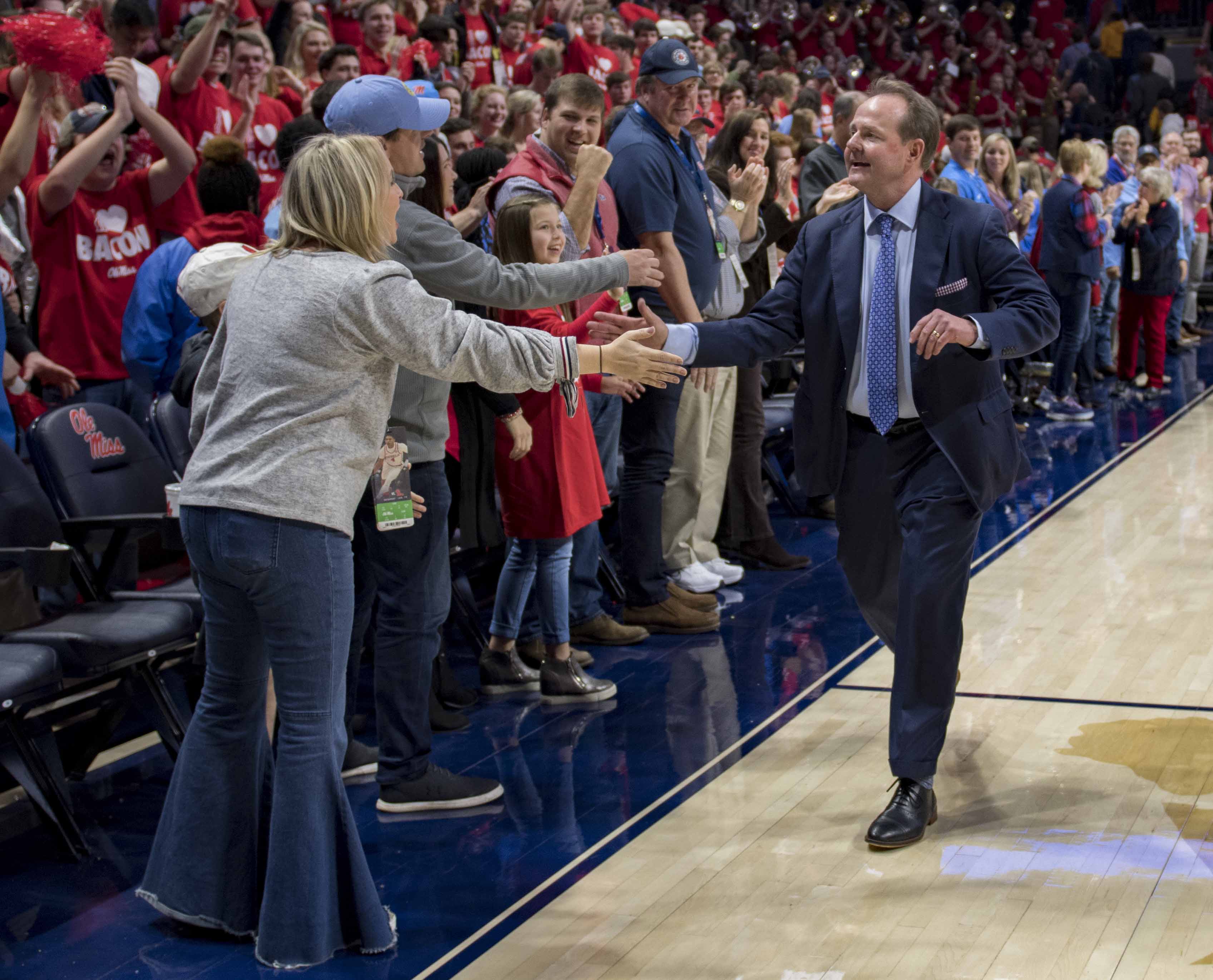
Artificial intelligence is no longer just the stuff of sci-fi movies: the rise of AI has become a subject of concern in the film production industry itself. AI usage impacts several facets of filmmaking, including screenwriting, casting, animation and visual effects.
Although public discourse surrounding the use of AI has increased in the last couple of years, artificial intelligence has been used for a long time in visual effects and animation.
One of the most recent instances of AI-generated visual effects is in Marvel Studios’ latest installment to their cinematic universe, “Secret Invasion,” a show featuring shots that used AI-generated images by Method Studios. The imagery in the show’s opening credit sequence reflects the plot of the show depicting an invasion by Skrulls, a shapeshifting alien species in the Marvel universe.
Since the release of “Secret Invasion,” fans have voiced their disapproval of this decision, possibly due to long-standing criticism of Marvel over its compensation of VFX designers and animators. These workers most likely view this as the studio’s way of cutting corners by hiring the lowest possible number of artists.
Akin to their Disney-owned sister studio, Pixar also utilizes AI, most recently in the film “Elemental,” an animated film about two polar opposite elemental creatures figuring out they have more in common than they think.
Neural style transfer, a kind of AI software that is capable of making an image, video or picture adopt the appearance or style of another, was used to create the unique look of fire for the film’s characters. NST takes the visual likeness of one subject and combines it with a specific style from an artist, whether it is original or taken from someone else. In the case of “Elemental,” the NST used the movements and volume of real fire merged with the style and textures provided by Pixar artists.
The “Lord of the Rings” trilogy used an AI software called MASSIVE that was developed for the film series. Created by engineer Stephen Regelous, MASSIVE wields the potential to spawn enormous crowds of people with specific purposes and behaviors. In the “Lord of the Rings” movies, the software was used to form the battle scenes.
MASSIVE has been used in various pieces of media over the years from commercials to music videos. Ironically, it was used in “I, Robot,” a sci-fi action movie about the lethal dangers of AI and robotics. It also has been used in “Avengers: Endgame” and the last season of “Game of Thrones.”
Although AI is a useful tool that has helped further the development of media and pushed the envelope of what is possible, many industry professionals see its increasing presence as a threat to the long-revered humanistically creative elements of the film industry.
















